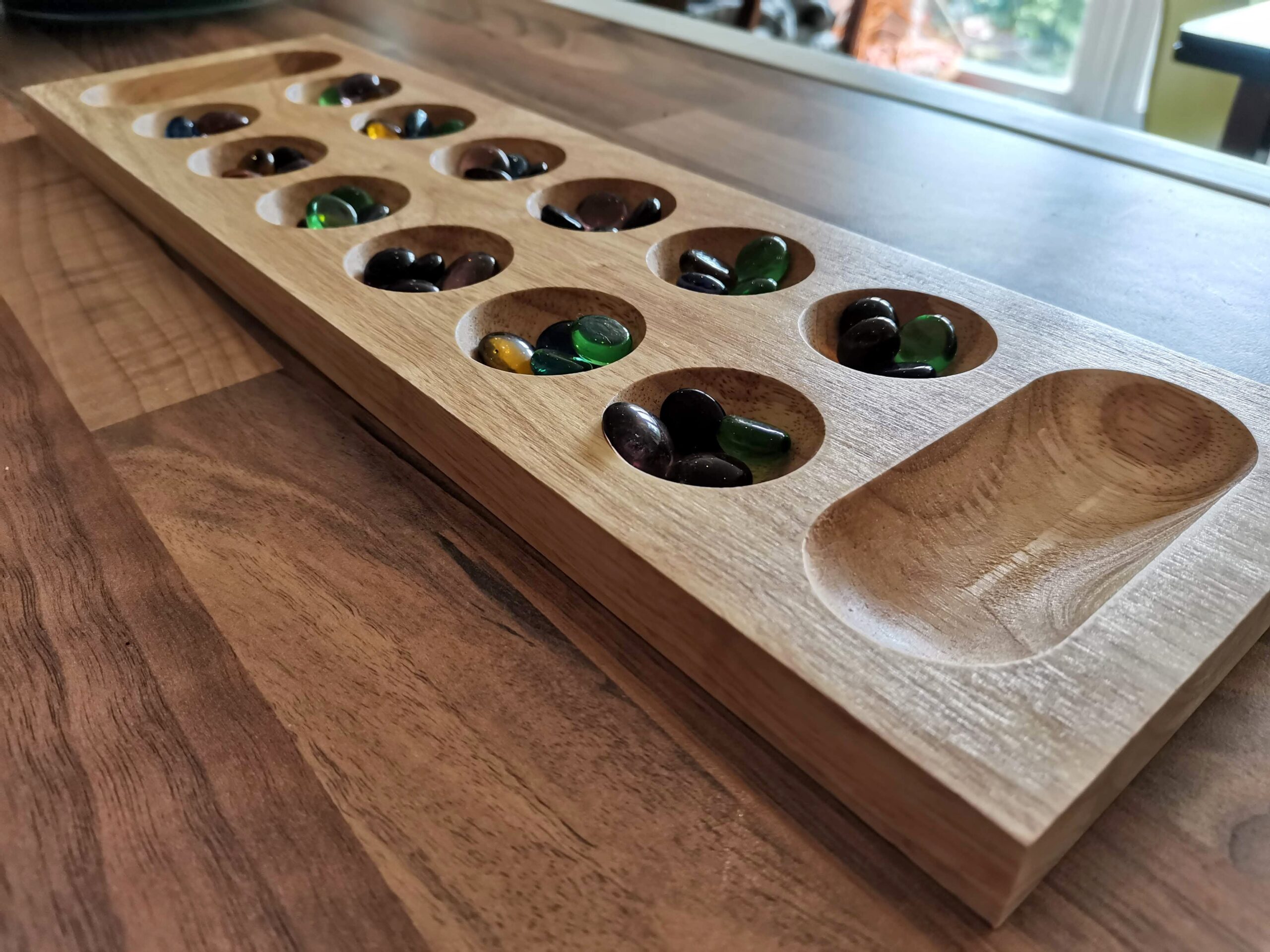Idle Hands Review – Full of negatives, yet brilliant
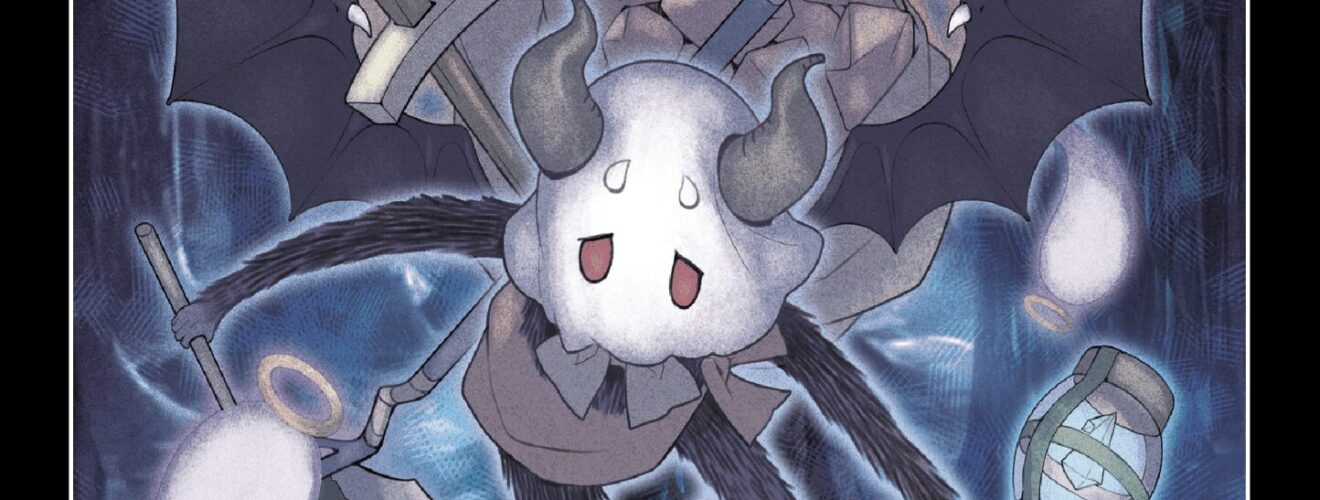
A review copy of Idle Hands was kindly provided by New Mill Industries. Thoughts & opinions are my own.
Another day, another card game. I seem to be quite, quite addicted to them lately. Idle Hands, from designer Fukutarou and publisher New Mill studio, is a superb trick-taking game that stands up with the likes of Schadenfreude, Cat in the Box (read my review here), and Stick ‘Em. That last one especially, as Idle Hands is a game that’s less about being the best and more about being the least worst. If you enjoyed seeing the anguish on another player’s face in Stick ‘Em when you all dumped their pain suit cards on them, you’ll get a big kick out of Idle Hands.
The bulk of Idle Hands is your by-the-book trick-taking game. Four suits of cards, with ten cards ranked 1-10 in each suit. Before the game starts, each player has three face-up ‘Mission cards’ dealt in front of them. Everyone gets a hand of cards and chooses one of them to add to the mission cards, so by the time the game starts, everyone has four mission cards in front of them. These missions are kinda cool. Before each trick starts, the lead player chooses one, and that sets the colour/suit for the current trick. Idle Hands is a must-follow game, so if you have a card of that colour, you’ve got to play it.
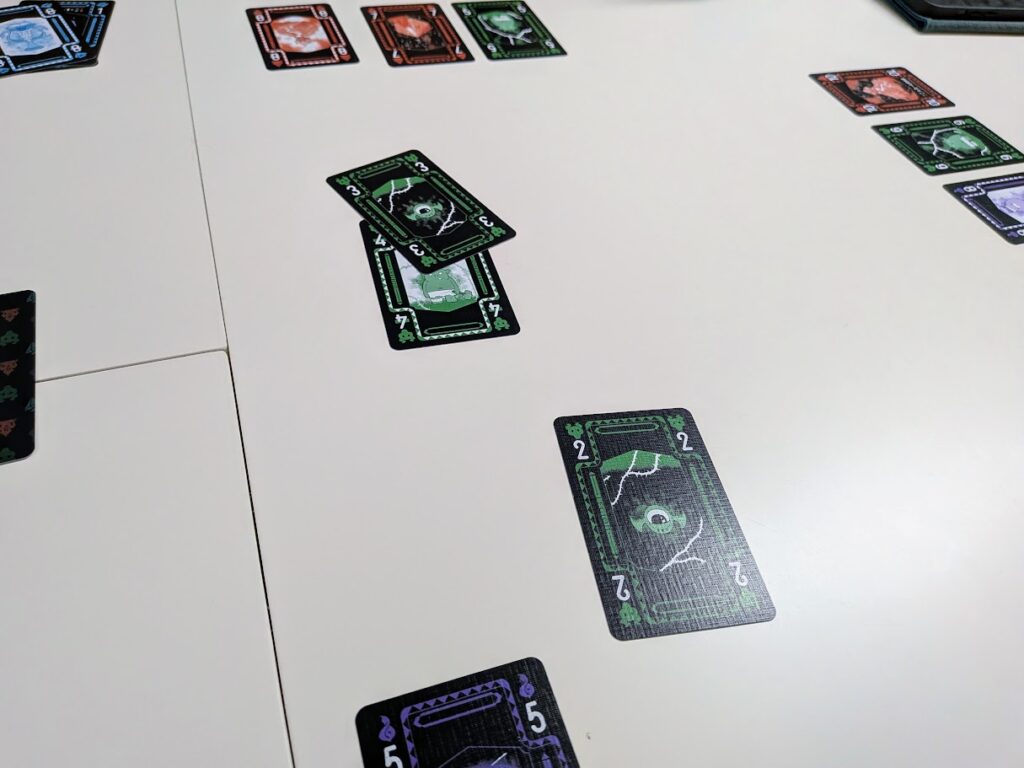
Winning tricks is a double-edged sword. The highest card played into the trick that matches the mission suit wins it. The winner takes all of the cards in the trick into their ‘winnings’ pile (serious emphasis on the quote marks there), but also takes the mission card into their hand. That means you’ve got an extra card in-hand to play into future tricks, but also having cards in your hand at the end of the round is important. The round ends when a player has no cards left in their hand, and at that point every card left in a player’s hand is worth a single point – yay!
Except…
Never mind being at sixes and sevens, beware fours and eights
Yeah, you knew there was going to be some kind of twist. It’s pretty mandatory now in trick-taking, especially. In a genre as crowded as this, it’s the only way to make your game stand out from the crowd. Idle Hands does this by making the 4 and 8 cards bad. Not just ‘bad’ bad, but baaaaad. Every 4 or 8, either in your hand or in your winnings pile, is worth negative four or eight points, respectively.
Four suits, each with a 4 and an 8 in them, that’s eight bad cards in total you want to avoid, but the law of averages says you aren’t going to avoid them for very long. The sooner you get used to the idea that you’re going to end up with a negative score in Idle Hands, the better. It’s not a case of whether your score will go below zero, it’s just a question of exactly how far below zero it goes.
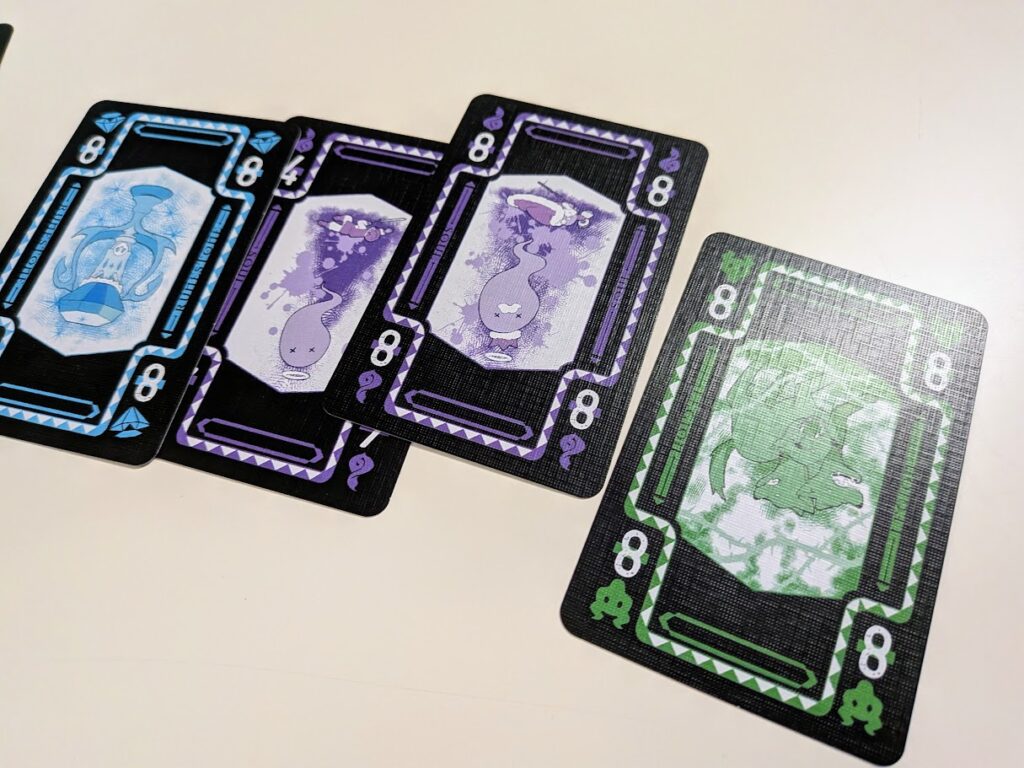
That’s it, right there. That’s Idle Hands. The game is all about the successful evasion of the painful cards, and while that sounds like a relatively simple concept, it really isn’t, and it’s why I enjoy coming back to the game to uncover more strategy. Let’s take a wander through an example with a humble 8 card.
Another player has started a mission by playing a red eight. The winner of this trick ends up with that card in their hand, before we even think about what cards are played into the trick itself. Remember, though, that the mission card goes into your hand, not your winnings pile, so it’s not necessarily a loss. You can play this card into a future trick, but there are a bunch of things to consider:
- Who has the smallest hand remaining? i.e. how many tricks are there for me to get rid of this card?
- How many red cards have been played?
- Of the cards left in my hand, are any of the suits I’ve exhausted likely to be led so I can just ‘dump’ the red eight?
- If there are still reds out there in players’ hands, are the nine and ten still out there? Because those are the only cards that will beat mine, otherwise I’m going to win red tricks.
Those are the kinds of internal monologues you’ll have constantly, and while it’s not a necessity to be a card counter, if you can keep track of what’s still to be played, it can really help.
The other really neat thing is what happens with the 1 and 10 cards. If a trick contains a 1 and is made up of only one suit, the person who played the 1 wins it. If a trick has a 10 in it and the trick has more than one suit in it, the 10 will not win, and the person who played it will not take cards. These two powers add a really nice little bit of zing to the game.
Final thoughts
If you like trick-taking games, especially those with a little bit of needle in them, a little bit of take-that, you’ll have a great time with Idle Hands. I suppose I ought to mention the name of the game, because if you’re a native English speaker you might be familiar with the expression “The devil makes work for idle hands”, and that’s where it ties into this game. You’re meant to be in Hell, proposing devilish missions… there’s a whole bit of narrative in the rulebook but it makes no real sense and has no thematic ties to the game itself, so ignore it.
The presentation is gorgeous. I’m a big fan of these games with blacks and strong contrast colours, like Eternal Decks (read my review of Eternal Decks here), and it suits Idle Hands really well. The game is relatively easy to teach, but that doesn’t stop it from having a lot of depth when it comes to choosing which cards to play and when to play them. As with so many modern trick-taking games, trying to inwardly ingest strategies and remember them is a task in itself, but a fun one. I know you’ll enjoy wrapping your head around this one.
One thing that struck me was the number of cards used in each game. In a four-player game, every card is used. In a three-player game, a single card is returned to the box, unseen. If you’re a fan of perfect information games, or at least those where you know what every card is, and whether one has been seen or not, you’ll appreciate it. With four players, you know for certain that every bad card is in play. If you’ve got a memory like a sieve, though, and you’re playing with someone who remembers everything, it might feel like an uphill battle. That’s the only real downside I can see, and it’s not unique to Idle Hands. Otherwise, this is another cracking little trick-taker with gorgeous presentation, and I think it’ll be sitting in my collection for a long time to come.
Enjoying this article? Consider supporting me.
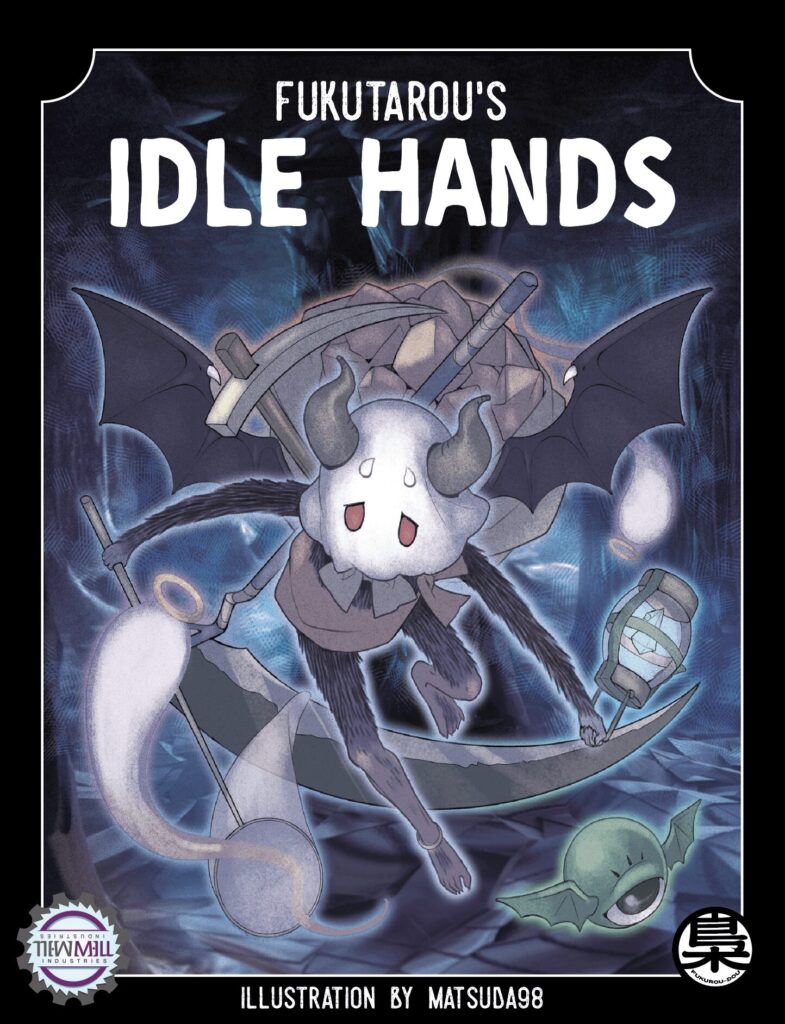
Idle Hands (2020)
Design: Fukutarou
Publisher: New Mill Industries
Art: Matsuda98
Players: 3-4
Playing time: 20-30 mins









